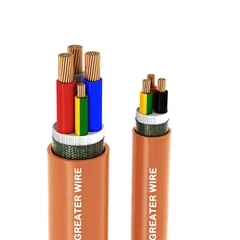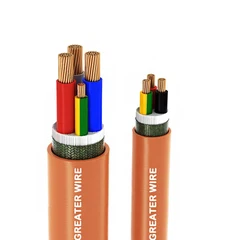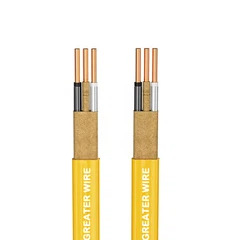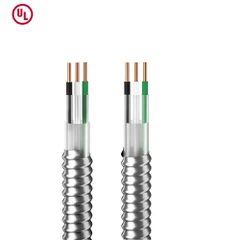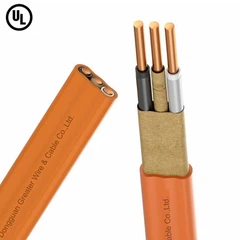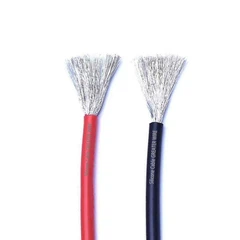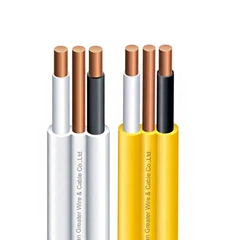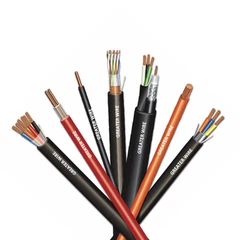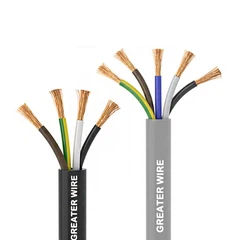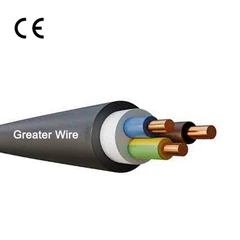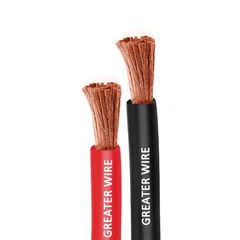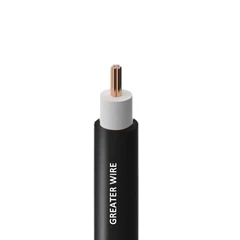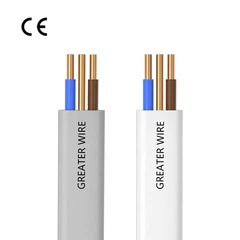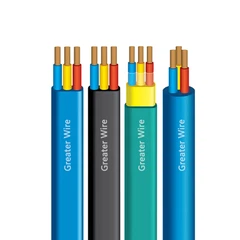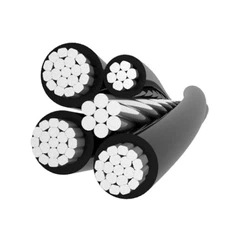The main function of unshielded medium voltage cable is to transmit electrical energy and signals, while providing basic insulation and protection functions. This type of cable is typically used in the voltage range between 1000V and 30kV and is widely used in various industrial and commercial environments.
The structure of unshielded medium voltage cables is relatively simple, mainly composed of conductors, insulation layers, and sheaths. The conductor is the core of the cable, responsible for transmitting current; The insulation layer is wrapped around the conductor to prevent current leakage and short circuit; The sheath provides additional physical protection to prevent external damage. This structure makes the installation and maintenance of unshielded medium voltage cables relatively simple and cost-effective.
Unshielded medium voltage cables are suitable for various environments and applications, including but not limited to industrial production lines, commercial buildings, residential areas, etc. They can withstand certain mechanical stresses, have certain weather resistance and reliability, and can adapt to different working environments


